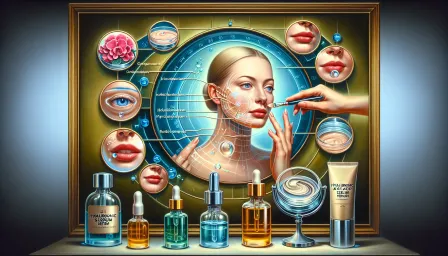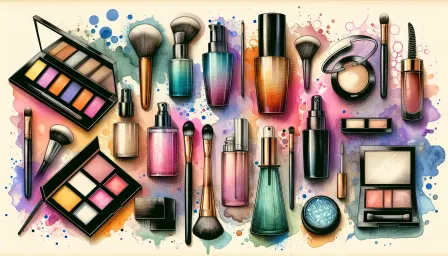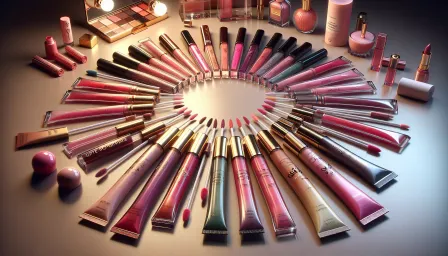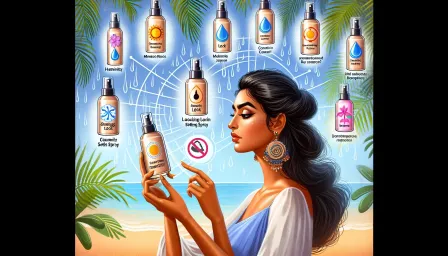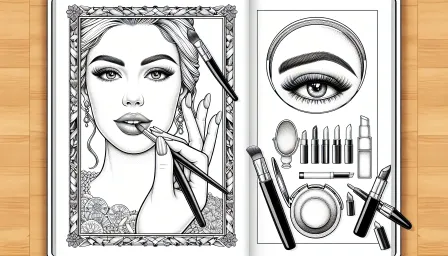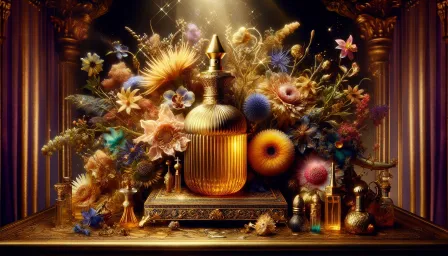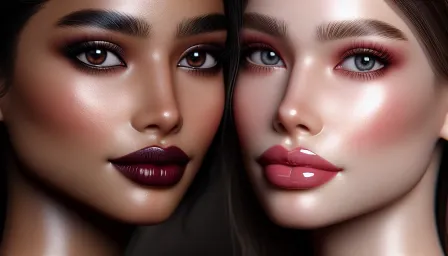How Beauty Standards and Diversity Representation are Evolving in Modern Media
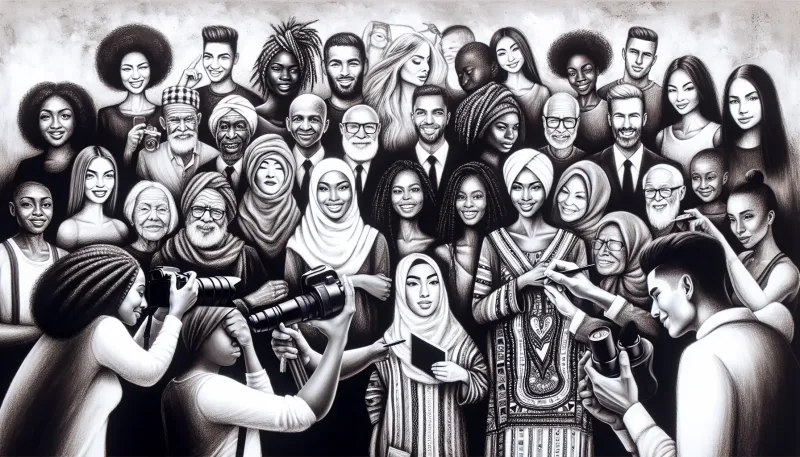
Explore the evolution of beauty standards and diversity representation in modern media, and understand how these changes impact society and individual self-esteem.
Introduction
The landscape of beauty standards and diversity representation in modern media is undergoing a transformation. For decades, media portrayed a narrow set of ideals, leading to unrealistic expectations and damaging consequences for many. Today, as society progresses, there is a growing demand for inclusivity and representation across all forms of media, welcoming a broader spectrum of beauty and individuality. This article will delve into the evolution of these standards and how they are reshaping societal norms.
The Historical Context of Beauty Standards
The Influence of Traditional Media
Historically, beauty standards were dictated by a select group of media gatekeepers in film, television, and print. Images of youthful, slim, often Caucasian individuals dominated screens and magazines, sending a message that this was the epitome of beauty. This narrow depiction often marginalized those who did not fit into these criteria, leading to issues such as low self-esteem, body dysmorphia, and general discontent with one's appearance.
Cultural Variations
Across different cultures and eras, beauty standards have varied significantly. Ancient civilizations like Greece revered muscular physiques and symmetrical features, whereas the Renaissance era celebrated fuller figures as a symbol of wealth and fertility. Despite these variations, the advent of global media in the 20th century began standardizing beauty norms, often at the expense of cultural diversity.
The Rise of Diversity in Modern Media
The Role of Social Media
The emergence of social media platforms has revolutionized the way beauty and diversity are depicted. Unlike traditional gatekeepers, platforms like Instagram, YouTube, and TikTok provide a space for individuals from diverse backgrounds to share their unique beauty. Influencers who challenge traditional norms, such as plus-size models, individuals with disabilities, and those from various ethnicities, have garnered significant followings, pushing diversity into the mainstream.
Advocacy and Movements
The past decade has seen an explosion of movements advocating for more equitable representation. Campaigns such as #BodyPositivity, #BlackLivesMatter, and #DisabilityVisibility have played crucial roles in bringing attention to underrepresented communities. These movements have pressured brands and media producers to reconsider and diversify their content and casting practices.
Impact on Society and Self-Perception
Setting New Norms
The push for diversity in media is gradually setting new norms for beauty standards. The emphasis on inclusivity helps break down harmful stereotypes and promotes a healthier, more realistic image of beauty. Brands like Dove, with its Real Beauty campaign, and fashion labels like Fenty, which offers a wide range of skin tones in their products, are prime examples of how the industry is adapting.
Mental Health Benefits
Increased representation has profound mental health benefits. When individuals see themselves reflected in media, it fosters a sense of belonging and validation. This can significantly boost self-esteem and reduce the prevalence of psychological conditions related to body image and social exclusion.
Challenges and Future Directions
Overcoming Tokenism
While progress is evident, there are challenges that need addressing. Tokenism, where diversity is included superficially or for public image rather than genuine representation, remains a concern. True inclusivity involves more than checking boxes; it requires an authentic commitment to representing diverse stories and voices.
Sustaining Change
The future of beauty standards and diversity representation hinges on sustainability. It is imperative for both content creators and audiences to continue advocating for genuine inclusivity. Education and awareness are crucial – by fostering conversations about representation, society can hold media accountable and ensure that these changes are not just trends, but longstanding transformations.
Conclusion
The evolution of beauty standards and diversity representation in modern media is a testament to societal progress and the relentless efforts of advocates for inclusivity. While challenges remain, the strides made so far show that change is possible. As diverse voices continue to gain prominence, the media landscape will undoubtedly continue to expand its portrayal of beauty, offering a more inclusive, realistic, and empowering vision for all.




